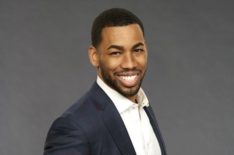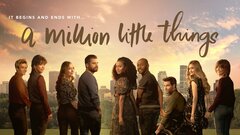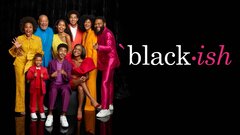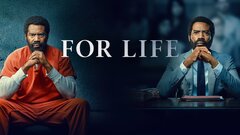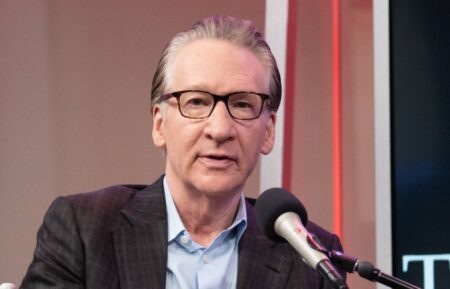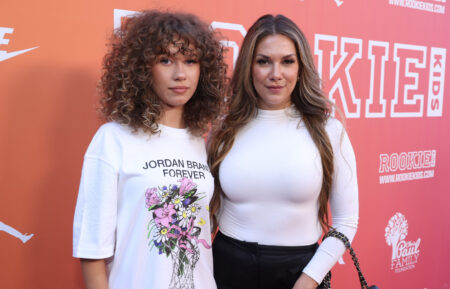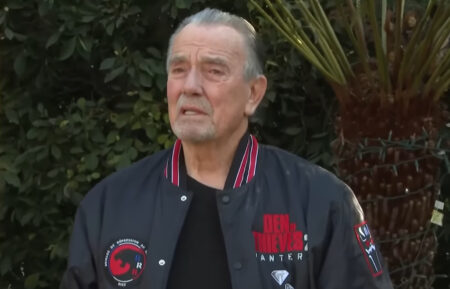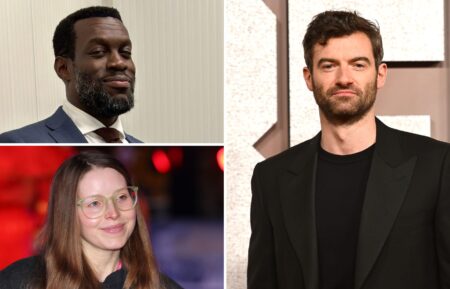ABC Outlines New Inclusion Standards: See the List of New Rules
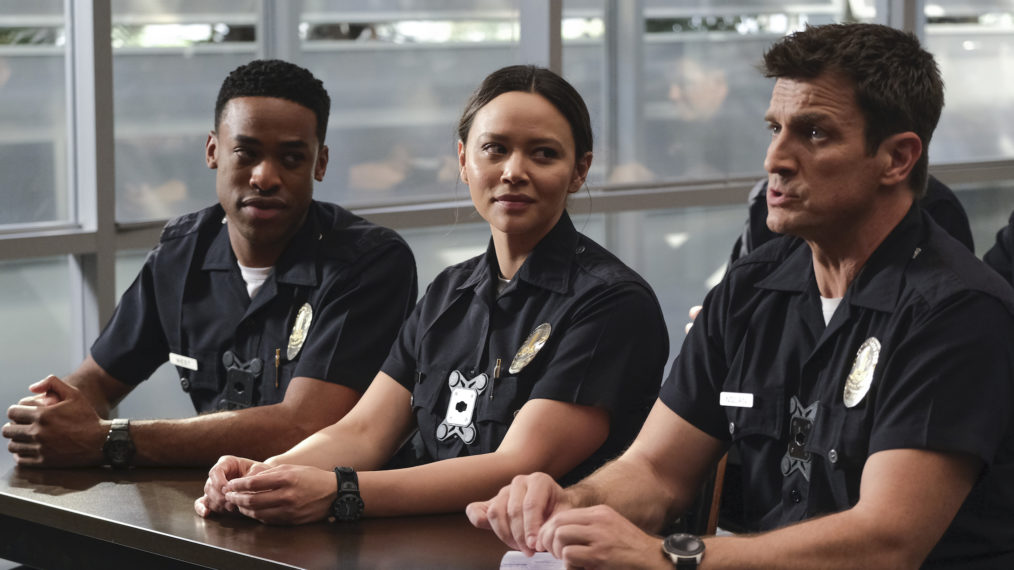
ABC is getting serious about inclusivity in front of and behind the camera, outlining a set of four standards that the broadcast network’s primetime productions will have to meet in the next year and a half.
According to The Hollywood Reporter, ABC Executive Vice President of Development and Content Strategy Simran Sethi developed the standards alongside ABC Entertainment President Karey Burke and sent the standards in a memo to the staff of ABC’s scripted programs on September 30. The hope, the magazine adds, is that ABC shows will meet two of the standards by May 2021, three by October 2021, and all four by May 2022.
“These new guidelines are intended to make our content and our sets as inclusive as possible, and will serve as a further catalyst for real and sustained change,” Sethi wrote in the memo, per THR. “We want to take this moment to evaluate systems and habits in an effort to remove barriers to access and opportunity. It’s important for us to look around the room, see who’s not there, and then take the steps to not only bring them in, but also set them up for success.”
The news of ABC’s initiative comes a few weeks after the Film Academy set inclusion requirements for the Oscars and two and a half months after CBS committed to a minimum percentage of scripts from BIPOC writers. Here are ABC’s four new inclusion standards, paraphrased from a document obtained by THR:
A. On-Screen Representation
For the on-screen representation standard, productions need to meet at least three of these areas: Underrepresented groups 1) compose 50 percent or more of regular and recurring written characters, 2) compose 50 percent or more of regular and recurring actors, 3) are included meaningfully as secondary or more minor on-screen individuals, 4) are integrated meaningfully in overall themes and narratives, and 5) are integrated meaningfully in episodic themes and narratives.
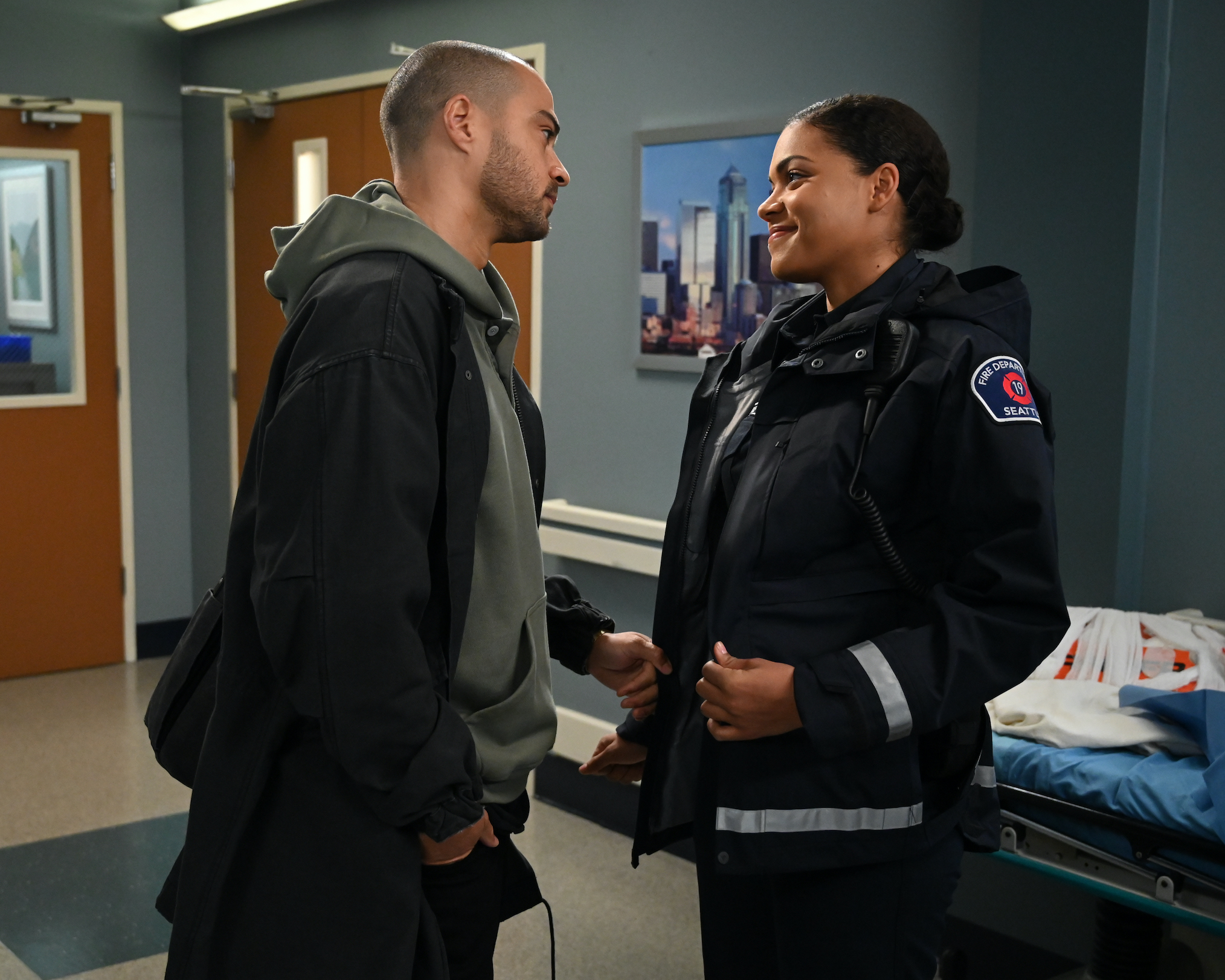
Grey’s Anatomy (John Fleenor/ABC)
B. Creative Leadership
For the creative leadership standard, productions need to meet at least three of these areas: 1) underrepresented groups compose 50 percent or more of writing staff roles at the producer level and above or at the executive story editor level and below, 2) underrepresented groups compose 50 percent or more of episodic directors, 3) the casting director is a member of an underrepresented group or someone who hasn’t previously been a casting director for a Walt Disney Television show, 4) underrepresented groups have meaningful representation in the senior leadership of the writing staff, 5) at least one member of the writing staff from an underrepresented group is promoted into a role that constitutes career progression, and 6) there is a substantial year-over-year increase in directors and senior writing staff members from underrepresented groups.
C. Below-the-Line
For the below-the-line standard, productions need to meet at least two of these areas: 1) underrepresented groups compose 50 percent or more of the line producer and/or production department heads, 2) underrepresented groups compose 50 percent or more of other key roles (including mid-level crew and technical positions), 3) underrepresented groups compose 50 percent or more of the overall crew or project staff, 4) at least one crew/team member from an underrepresented group is promoted into a role that constitutes career progression, and 5) a line producer and/or production department head who has not been previously employed in that role on a Walt Disney Television show is hired.
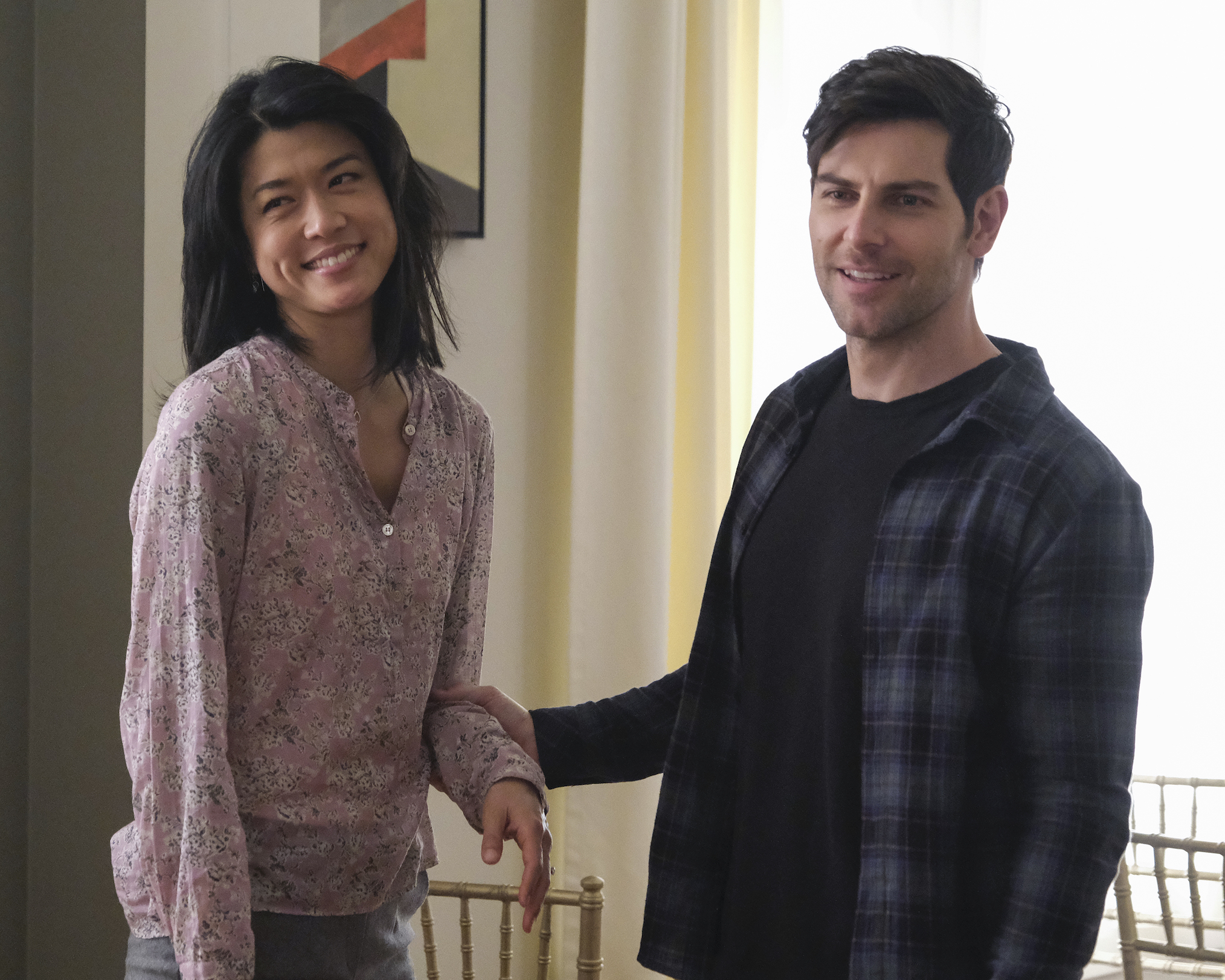
A Million Little Things (Bettina Strauss/ABC)
D. Industry Access & Career Development
And for the industry access and career development standard, productions need to meet at least three of these areas: 1) members of underrepresented groups are offered paid employment opportunities (such as apprenticeships, internships, and expert advisers) to facilitate union eligibility, 2) there are training opportunities and skills development (including one-off, bespoke, and student work-experience opportunities), 3) there are “first job” opportunities for a member of an underrepresented group in a role that constitutes career progression from prior training, 4) fifty percent or more of outside vendors or contractors employed by the production provide industry access or opportunities (as defined by the first three areas) to members of underrepresented groups, 5) the showrunner participates in Walt Disney Television Talent Development Initiatives or a guild mentorship program, and 6) the showrunner develops and executives a show-specific diversity and inclusion program subject to the network’s approval.

